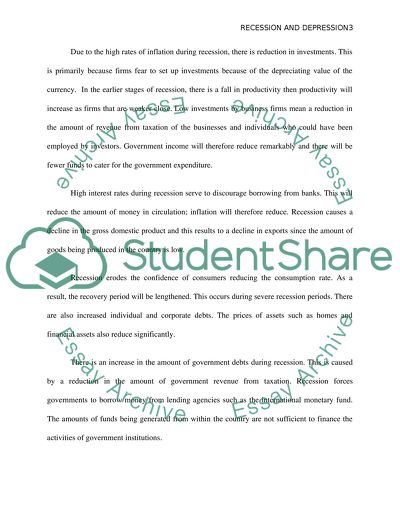Cite this document
(“Recession and Depression Term Paper Example | Topics and Well Written Essays - 1500 words”, n.d.)
Recession and Depression Term Paper Example | Topics and Well Written Essays - 1500 words. Retrieved from https://studentshare.org/macro-microeconomics/1433769-recession-and-depression
Recession and Depression Term Paper Example | Topics and Well Written Essays - 1500 words. Retrieved from https://studentshare.org/macro-microeconomics/1433769-recession-and-depression
(Recession and Depression Term Paper Example | Topics and Well Written Essays - 1500 Words)
Recession and Depression Term Paper Example | Topics and Well Written Essays - 1500 Words. https://studentshare.org/macro-microeconomics/1433769-recession-and-depression.
Recession and Depression Term Paper Example | Topics and Well Written Essays - 1500 Words. https://studentshare.org/macro-microeconomics/1433769-recession-and-depression.
“Recession and Depression Term Paper Example | Topics and Well Written Essays - 1500 Words”, n.d. https://studentshare.org/macro-microeconomics/1433769-recession-and-depression.


